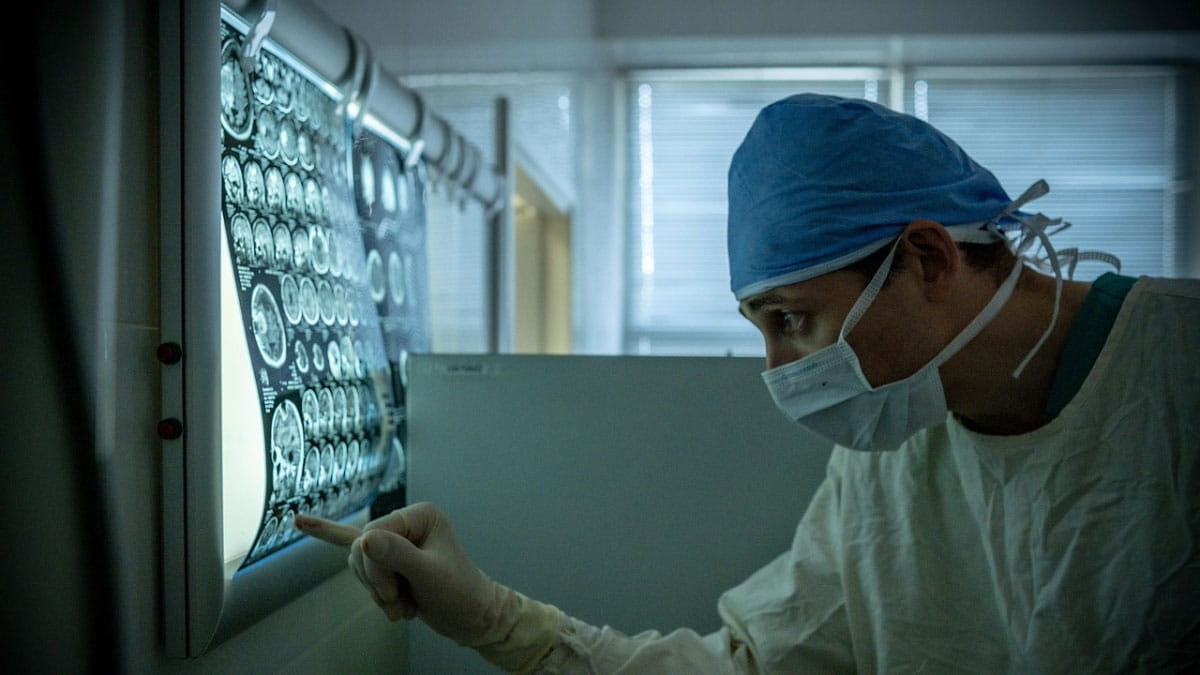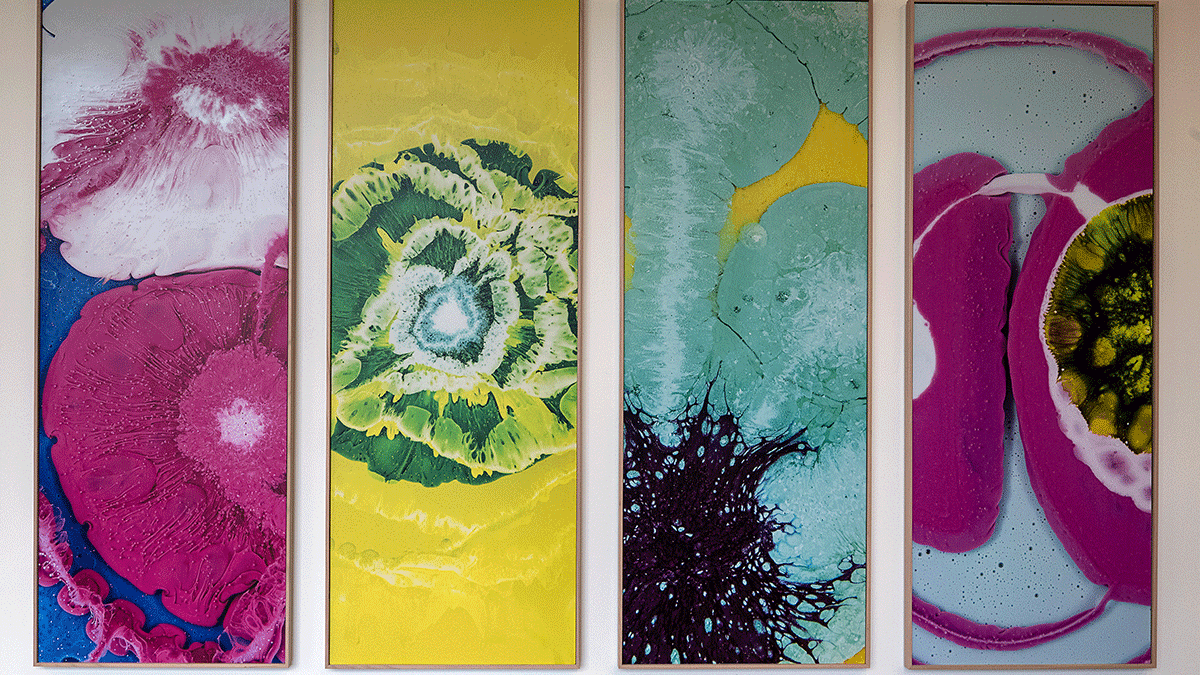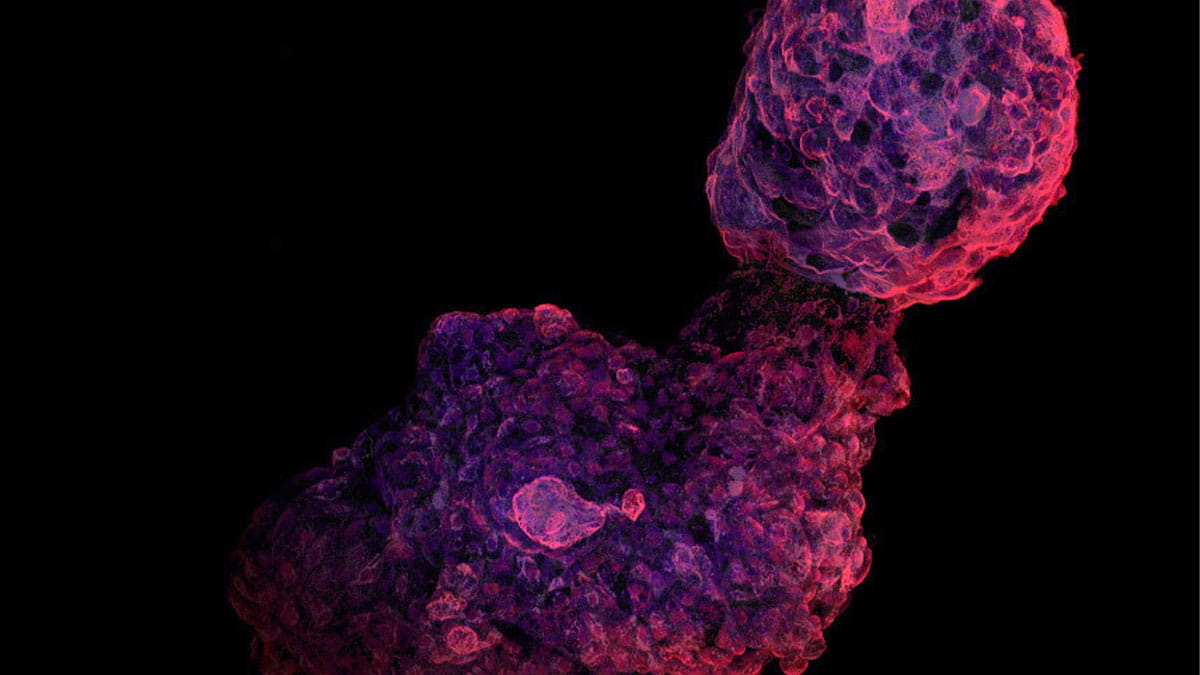Research shows promising solutions to ensure well-being for radiologists

Research indicates that radiologists experience higher rates of burnout compared to their peers due to increasing workloads and workforce shortages. Recent work by Mina S. Makary, MD, associate professor of Radiology, and Emily Pfahl, a fourth-year medical student, at The Ohio State University College of Medicine proposes solutions to enhance radiologists' well-being, focusing on institutional and personal wellness initiatives. The two had their findings, titled “Burnout in Radiology: Key Risk Factors and Promising Solutions,” recently published by Diagnostic Imaging.
Dr. Makary earned his medical degree and completed both his interventional and diagnostic radiology training at The Ohio State University Wexner Medical Center. He says that while burnout has been linked with multiple adverse outcomes affecting radiologists, patient safety and quality of care, the increasing efforts to make strides to address two main types of intervention are now more attainable than ever.
“Institutional wellness are the initiatives and programs offered by an organization to improve well-being,” Dr. Makary says. “Personal wellness starts with the individual and encompasses actions that one has control over to improve his or her well-being.”
If unpredictable emergency imaging consultations and isolation caused by mental distance from colleagues affect how a radiologist feels at the end of a long shift, what can be done to address this?
Dr. Makary and Pfahl both say that one solution is implementing reading room assistants to monitor calls and consults and facilitate timely communication and other clerical tasks, lessening radiologists’ workloads and mitigating their long hours.
“This has already shown promising results in multiple studies,” Dr. Makary says. “They can streamline workflow and free up time for radiologists to finish their reads, thereby decreasing hours needed to work.”
Another intervention to aid those practicing diagnostic radiology is to address moral injury, which arises from environmental factors that conflict and affect a radiologist’s ability to provide quality care. Moral injury points to structural changes that are necessary to mitigate these issues.
“Moral injury is distinct from burnout in that the issue originates within the environment rather than within the individual,” Pfahl says. “Our work outlines numerous strategies that can protect against and ameliorate burnout, as well as programs that can be used as an adjunct to other interventions to improve wellness.”



